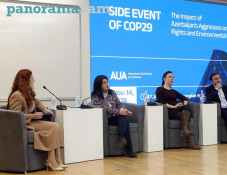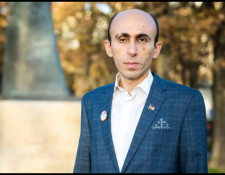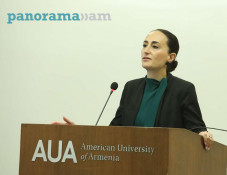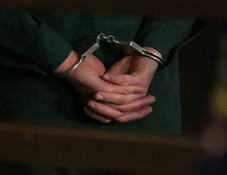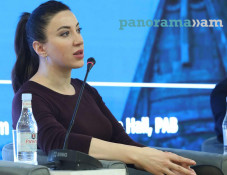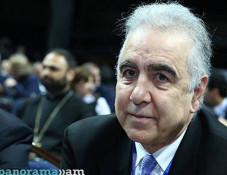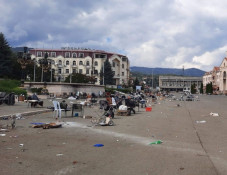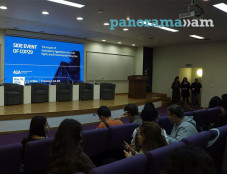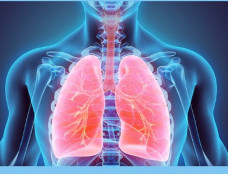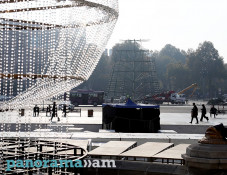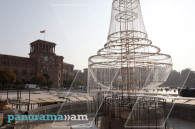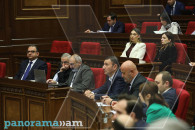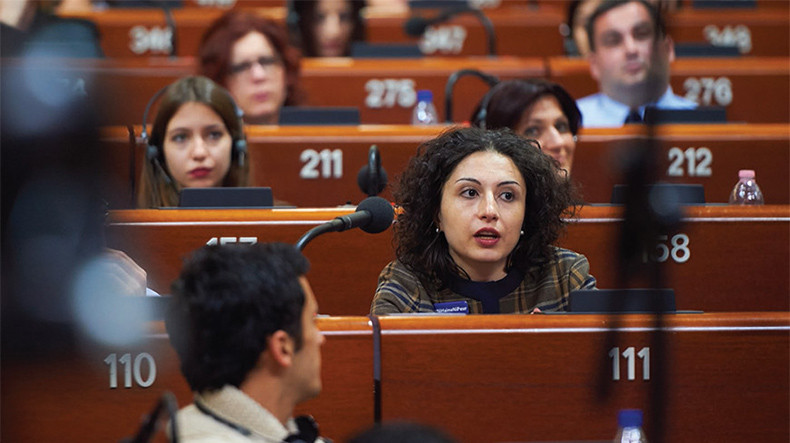
COE report shows Armenia still struggling to achieve gender balance in public decision-making
According to a new report from the Council of Europe 9.9% of women In Armenia were elected to the parliament in 2016, compared to a Europe-wide average of 25.6, representing a 4.6% increase from 2005
The report titled “Balanced participation of women and men in decision-making” looks at progress made by 46 countries towards the goal set by the Council of Europe’s Committee of Ministers in 2003 of having at least 40% of both men and women taking part in different aspects of political and public life.
It shows that only 2 out of 46 countries studied – Finland and Sweden – reached the 40% minimum target for women’s participation in lower or single houses of parliament in 2016; the average figure across Europe was 25.6%.
As to Armenia, 6.7% of women were elected presidents of parliamentary committee in 2016, compared to a Europe-wide average of 25.6%, while 12.5% of women senior and junior ministers (2016), compared to a Europe-wide average of 22.4% (Table 9, p. 44)
The report recorded 16.7 % evolution regarding women senior ministers during 2005-2016, 1.9% of women mayors in 2016, compared to a Europe-wide average of 13.4%, which represents a 0.1% decrease since 2005.
In other data, the report documented 40% of women party leaders in 2016, compared to a Europe-wide average of 14.8%, 25% of women in party executive and 5% women member, compared to a Europe-wide average of 27.1% and 27.5%, respectively and 23.5% of women judges in High/Supreme Courts in 2016, this represents a 2.5% increase since 2005, compared to a Europe-wide average of 33%. 10% of women ambassadors extraordinary and plenipotentiary were registered in 2016, compared to a Europe-wide average of 13 %; this represents a 7.1% increase since 2005, the Armenia data show.
Newsfeed
Videos





